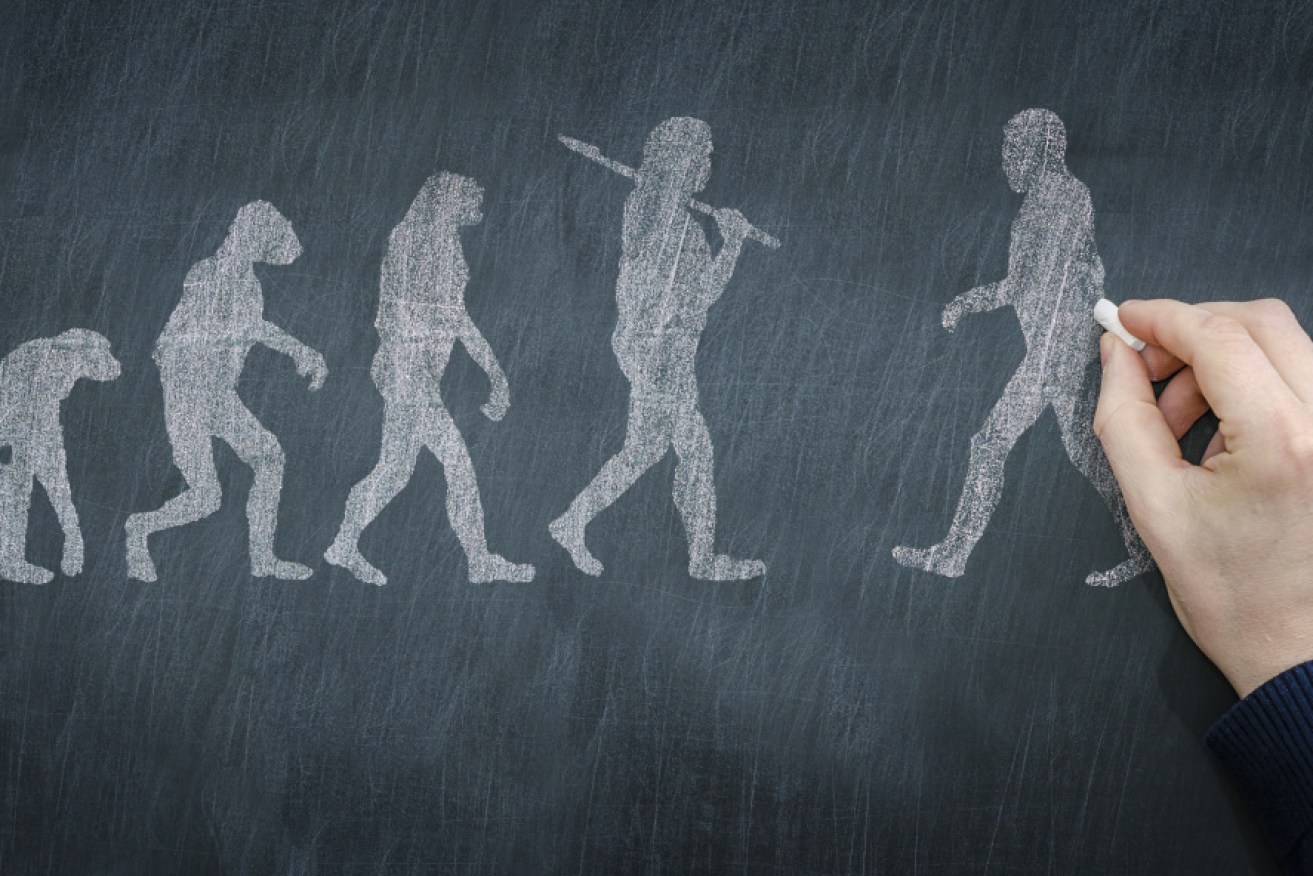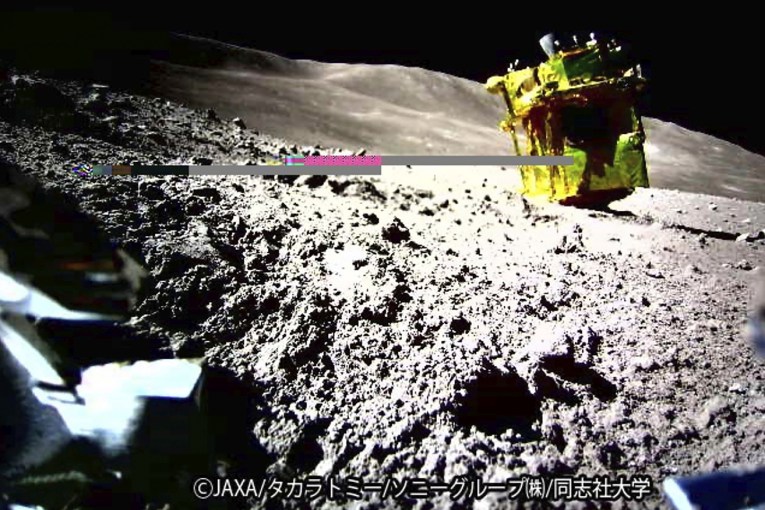Denisovans: Our long lost cousins are slowly giving up their secrets


The Denisovans may have given the Sherpas their legendary high-altitude stamina. But we don't even known what they looked like. Photo: Getty
Have you heard of the Denisovans? They sound like a breed of alien from a TV show – kind of like us, but different and mysterious and full of secrets.
Which is more or less the case.
The Denisovans are a close but long dead cousin on the human family tree – and they are people we (homo sapiens) interbred with, as did the Neanderthals. Yet the more we learn about the Denisovans, the bigger the mystery.
We don’t know what they look like. They may have made and worn jewellery and engaged in sophisticated society.
A new arrival on the human landscape
We didn’t know the Denisovans ever existed until 2010, when DNA obtained from a girl’s finger bone revealed the genome of a new species of archaic human or hominin.

All fossils of Denisovans and Neanderthals, and hominin bones not assigned to either group, discovered at Denisova Cave. Image: Zenobia Jacobs
The finger bone was discovered, along with some teeth, in Denisova Cave in the Altai Mountains of southern Siberia – a remarkable repository of remains and artefacts that give a layered picture of human life during the Pleistocene age. Neanderthals and modern humans also lived there at different times.
Since the discovery, Denisovans have provided a number of remarkable “firsts” in our understanding of broader human history.
Last August, the genome of a small fragment of bone – probably a remnant of a leg bone – was found to belong to a girl of at least 13 years of age who died around 90,000 years ago.
Who’s your daddy?
She was half Neanderthal and half Denisovan – and the first instance of scientists identifying an ancient individual whose parents belonged to distinctly different human groups.
In 2014, geneticists the University of California, Berkeley, credited the Denisovans for passing on a high-altitude or “super-athlete” gene to the famed Sherpas of Tibet who are able to perform superbly on a low-oxygen environment to which other humans need to acclimatise in order just to survive.

Summary timeline for the archaeology, hominin fossils and hominin DNA retrieved from the sediments at Denisova Cave. All age ranges are shown at the 95.4 per cent confidence interval. Graphic: Bert Roberts
As Cosmos magazine observed: “This is the first time a version of a gene acquired from interbreeding with another type of human has been shown to help modern humans adapt to their environment.”
How did it happen? The ancient genetic origins of the Tibetan people remain highly contentious – but it’s generally held they originated from a group of hybrids of ancient Siberians, with genetic input from Neanderthals, Denisovans and modern humans, but most likely a few unknown human groups.
Acquiring the high-altitude gene allowed this particular group of Siberians to migrate and settle on the 4000-metre Tibetan plateau.
So there’s that.

Selection of artefacts from Denisova Cave: a) Upper Palaeolithic; b) Initial Upper Palaeolithic; c) middle Middle Palaeolithic; and d) early Middle Palaeolithic. It’s not certain which of these, if any, were manufactured by the Denisovans. Graphic: The Institute of Archaeology and Ethnography of the Siberian Branch of the Russian Academy of Sciences.
In 2011, it was determined that up to 6 per cent of the Denisovan genome lives on in modern Papua New Guineans, and 3 to 5 per cent of Australian Aboriginal DNA is Denisovan. How the heck did that happen?
Or as researchers from the University of Wollongong put it in a recent piece in The Conversation: “We know frustratingly little about the geographic distribution and demography of the Denisovans, except for the head-scratching finding that Aboriginal Australians and New Guineans are the only people alive today with substantial amounts of Denisovan DNA in their genome.”
Last month, the University of Wollongong team of archaeologists – headed by Professor Zenobia Jacobs and Professor Richard “Bert” Roberts – published one of two papers that established a timeline as to how long Denisovans and Neanderthals lived at Denisova Cave in the Bashelaksky Range of the Altai mountains, Siberia, – almost continuously inhabited by hominins for 300,000 years.
Putting a face to the name, not happening yet
Denisovans were found to occupy the cave from 200,000 years ago – all the way up to 50,000 years ago, when they may or may not have vanished for good.
In a joint email, responding to questions, professors Zenobia and Roberts said: “With a sample size of [one] for sites with Denisovan remains, we really cannot say a great deal about the possible persistence of Denisovans for longer elsewhere or where ‘elsewhere’ might be.
“So, it is also critical to find more sites with Denisovan DNA and fossils, so that we can start to draw more meaningful inferences about their past geographic distribution and its similarities and differences to those of Neanderthals and modern humans in space and time.
“Of course, more fossils of Denisovans would be very welcome. While we know their entire genome, we have almost no idea about their physical appearance, other than the fact that they had rather chunky teeth!”








